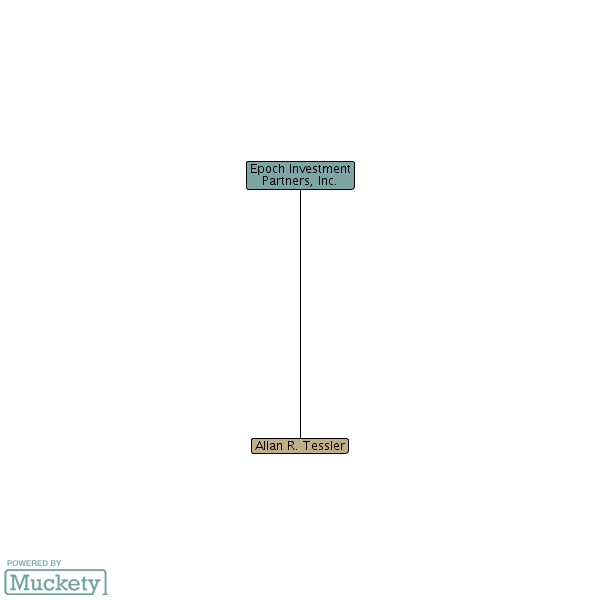Epoch Investment Partners
Post on: 14 Апрель, 2015 No Comment

June 17, 2002
The small-cap versus large-cap question is a classic dilemma within the investment community. Regardless of an investors preference, one thing is clear. If research matters, it matters most in small-cap companies.
The data presented in Figure 1 provides a good introduction to this argument. Figure 1 portrays returns at the 90th percentile for small, mid and large capitalization stocks over a 12-year period. In every year except 1998, the 90th percentile of returns for small-cap exceeded that of both mid- and large-caps.
Figure 1: Annual Returns @ 90th Percentile by Capitalization Groups*
Figure 2 illustrates distributions of annual returns for that same 12-year period for each of the three capitalization categories.
Figure 2: Distributions of Annual Returns for Capitalization Groups by Percentile 1990-2001*
*Market Cap Cutoffs: Large=Top 200, Mid=Next 800, Small=Next 2000

This figure shows that the median return for each segment is almost identical in absolute returns. But at the 10th percentile and the 90th percentile, the returns are very different. Starting at the 75th percentile, small-cap return exceeds that of the other two groups and, at the 90th percentile, small-cap is far ahead. This means that security selection by way of equity research is the name of the game in small-cap stocks, especially versus mid- and large-cap. At the same time, poor research or no research clearly penalizes the investor at the 25th percentile and the penalty increases as we move down the scale to the worst performers in each market cap. In other words, research pays off big when it successfully identifies the most promising small-cap stocks, but the absence of research in small-cap investing can be nothing short of catastrophic for the investor in that asset class.
The data in Figure 2 points to another conclusion: that there are high opportunity costs assumed when pursuing an investment strategy that indexes small-caps. If research works anywhere, it works where return spreads of the opportunity set are large. The inter-quartile return spreads (75th percentile less 25th percentile) are so big in small-caps relative to mid- and large-caps that a small-cap index solution becomes ineffective. In lieu of an index approach, small-cap investors should rely on the art and science of security selection and portfolio construction.
Put another way, the index solution makes the most sense when there is little dispersion around the mean return of the opportunity set. The greater the dispersion and the larger the inter-quartile difference in returns, the more opportunity exists for outsized returns from a research effort. In other words, if one is going to do research, start with small-caps. The payoff is too big to ignore.














